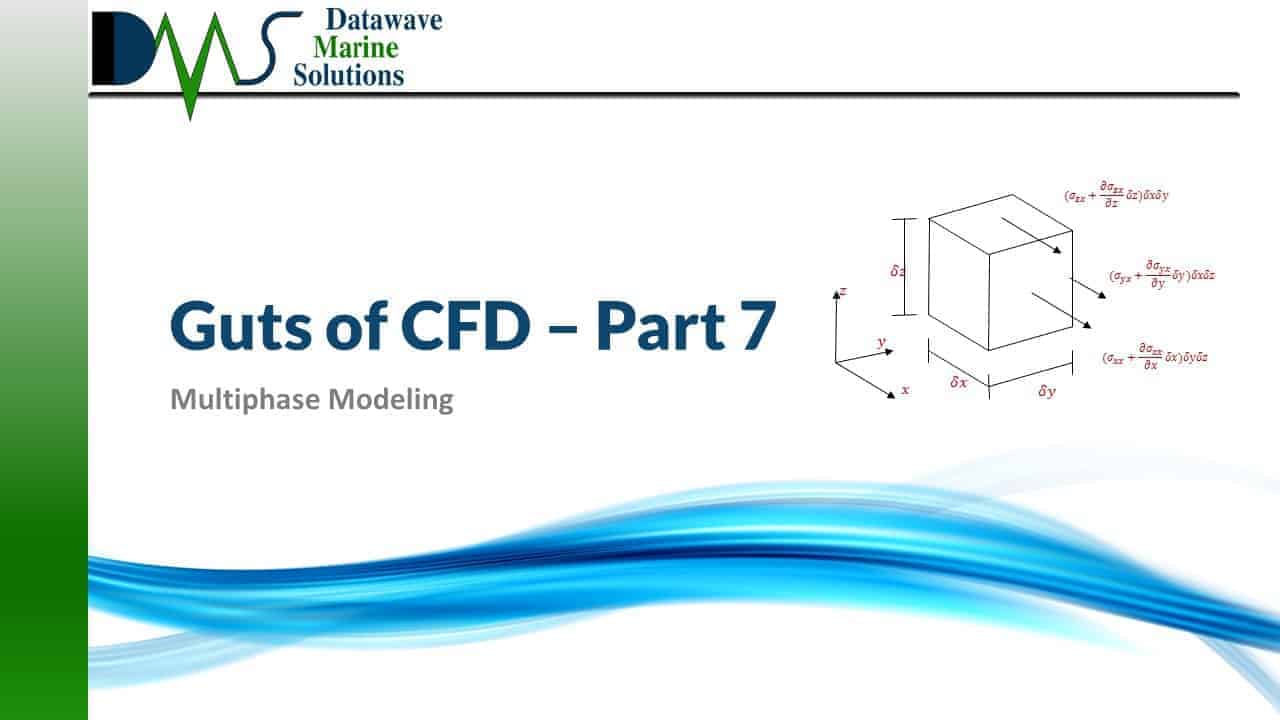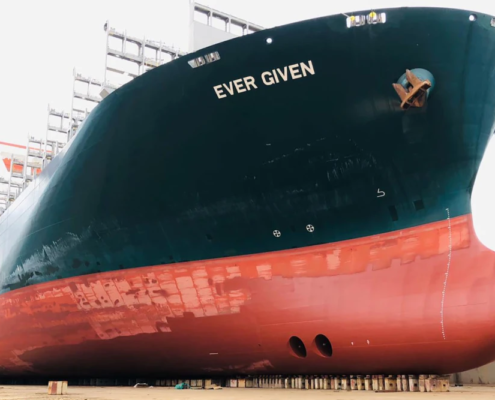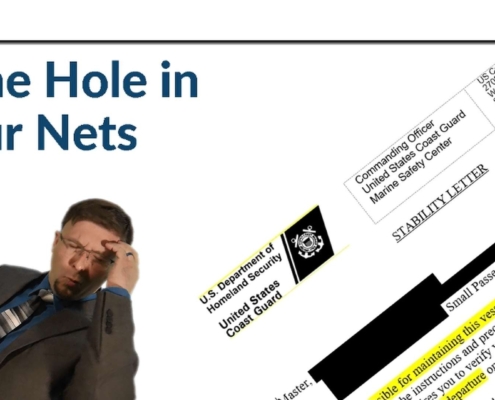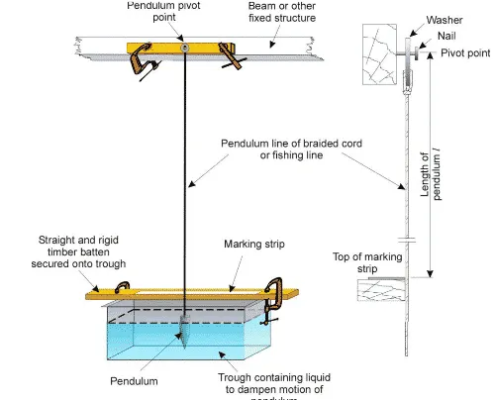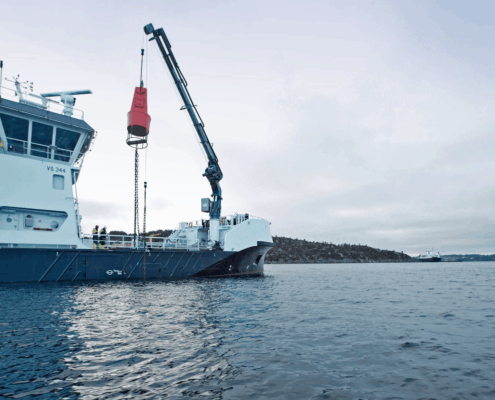The sub-grid method works on the tiny end. It models scenarios where the interface between fluid phases is smaller than a single cell. Or at least too small to be clearly defined in 1-2 cells. Imagine tiny gas bubbles dissolving into a liquid, or one liquid phase diffusing into another. Those would be appropriate for sub-grid methods. You see these methods most often in industrial processes, involving mixing of fluid phases. Particularly gases and liquids where the industrial process intentionally creates miniscule gas bubbles.
In sub-grid methods, the solver creates a separate set of momentum equations for each fluid phase. This requires more computing time, since you just increased the number of momentum equations to solve. As part of the VOF method, additional terms add into these momentum equations to capture the momentum transfer between the different fluid phases.
For that momentum transfer, this method assumes each fluid phase is a droplet too small to resolve in the grid. As the CFD engineer, you need to specify the details about the fluid interface so the solver can calculate the moment transfer:
- Lift coefficient
- Drag coefficient
- Interface area / bubble diameter
The exact extent of the details depends on your specific solver. The CFD engineer needs to have an educated guess at these specifics, which is why this method typically only applies to industrial mixing processes. You need an application where the details can be tightly controlled.
